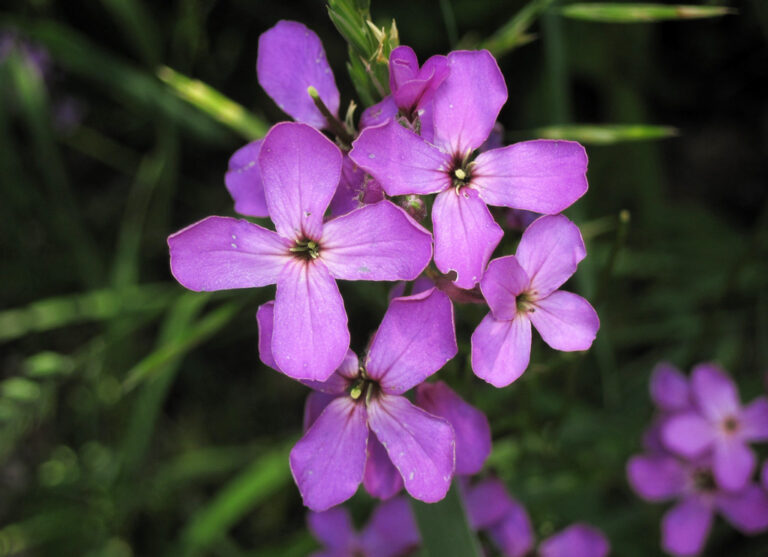How to Grow and Care for Tuberous Begonias: An Ultimate Guide

Hybrids are awesome, don’t you think? From Greek demigods to ligers, blending different species often results in something unique and fantastic. Tuberous begonias are a testament to this exciting concept.
Tuberous begonias, known formally as Begonia x tuberhybrida, are a stunning group of hybrids of the Begonia genus. With an array of flower colors, petal shapes, and growing habits, they are essentially customizable beauties that appeal to any gardener.
In this comprehensive guide, we will delve into all things tuberous begonias. Whether you are a seasoned gardener or just starting, by the time you finish reading, you will have everything you need to nurture these stunning bloomers with care and love.
Introduction to Tuberous Begonias
Before we jump into the specifics of tuberous begonias, let’s take a moment to explore the incredible diversity of the Begonia genus. With over 2,000 species, these flowering perennials originating from tropical and subtropical regions worldwide have adapted to various environments.
Among the various begonia groups, tuberous begonias, as the name suggests, have tuberous roots. These lovely plants boast vibrant flowers in shades of orange, pink, red, white, or yellow, typically blooming from late spring to the fall frost.
They grow to a height of six to 18 inches, spreading to 12 to 18 inches, thriving best in USDA Zones 9 through 11. From different flower shapes to diverse growing habits, tuberous begonias come in a wide range, making them a popular choice among gardeners.
Cultivation and History
The tuberhybrida cultivars, originating from the Andes Mountains of South America, became popular in the 1860s when British plant collector Richard Pearce brought them to Europe. Supported by hybridization, these plants quickly gained popularity in Europe and North America.
Tuberous Begonia Propagation
Are you ready to grow tuberous begonias? Propagation is key to expanding your collection. You can propagate these beauties from seeds, stem cuttings, tubers, or through transplanting.
-
From Seed: Start with high-quality seeds sown in a moist bed for summer blooms. Monitor germination, provide adequate lighting, and transplant seedlings when ready.
-
From Stem Cuttings: Obtain stem cuttings from established plants, treat them with a rooting hormone, and transplant them into suitable containers to encourage vigorous growth.
-
From Tubers: Begin by planting tubers in well-draining soil in containers for optimal growth. Monitor their progress and adjust their care routine accordingly as they mature.
-
Via Transplanting: When it’s time to transplant tuberous begonias, ensure the soil is fertile with adequate drainage to support healthy growth.
How to Grow Tuberous Begonia Flowers
To achieve stunning blooms, tuberous begonias require meticulous care and attention. Here are some key factors to consider when growing these beautiful plants:
-
Climate and Exposure: Tuberous begonias thrive in partial shade with protection from strong winds. Adequate airflow is essential for their overall health.
-
Soil Needs: Provide well-draining, fertile soil with a pH of 5.5 to 6.5. Regularly amending the soil with compost or manure can enhance fertility.
-
Water and Fertilizer: Maintain soil moisture without over-watering. Apply a balanced, diluted fertilizer every two weeks during the growing season to promote healthy growth.
Growing Tips
For optimal growth and blooms, keep the following tips in mind:
- Provide dappled sun or partial shade exposure.
- Ensure the soil is well-draining and fertile with a pH of 5.5 to 6.5.
- Maintain soil moisture and feed every two weeks with a diluted, balanced fertilizer.
Pruning and Maintenance
To keep your tuberous begonias healthy and vibrant, follow these pruning and maintenance guidelines:
- Regularly deadhead spent blooms to prevent disease.
- Cease watering and fertilizing in fall in USDA Zones 9 to 11.
- Lift tubers before the first frost in colder climates for winter storage.
Continued in next comment…





